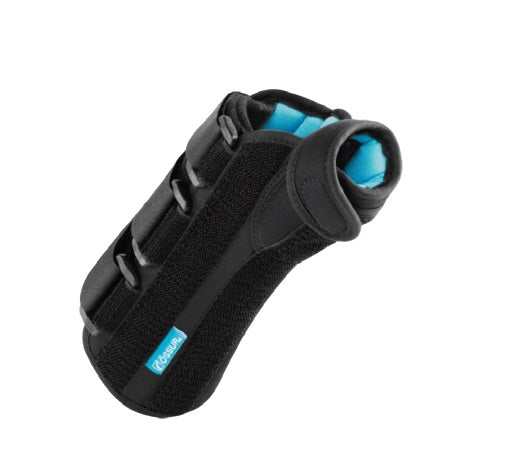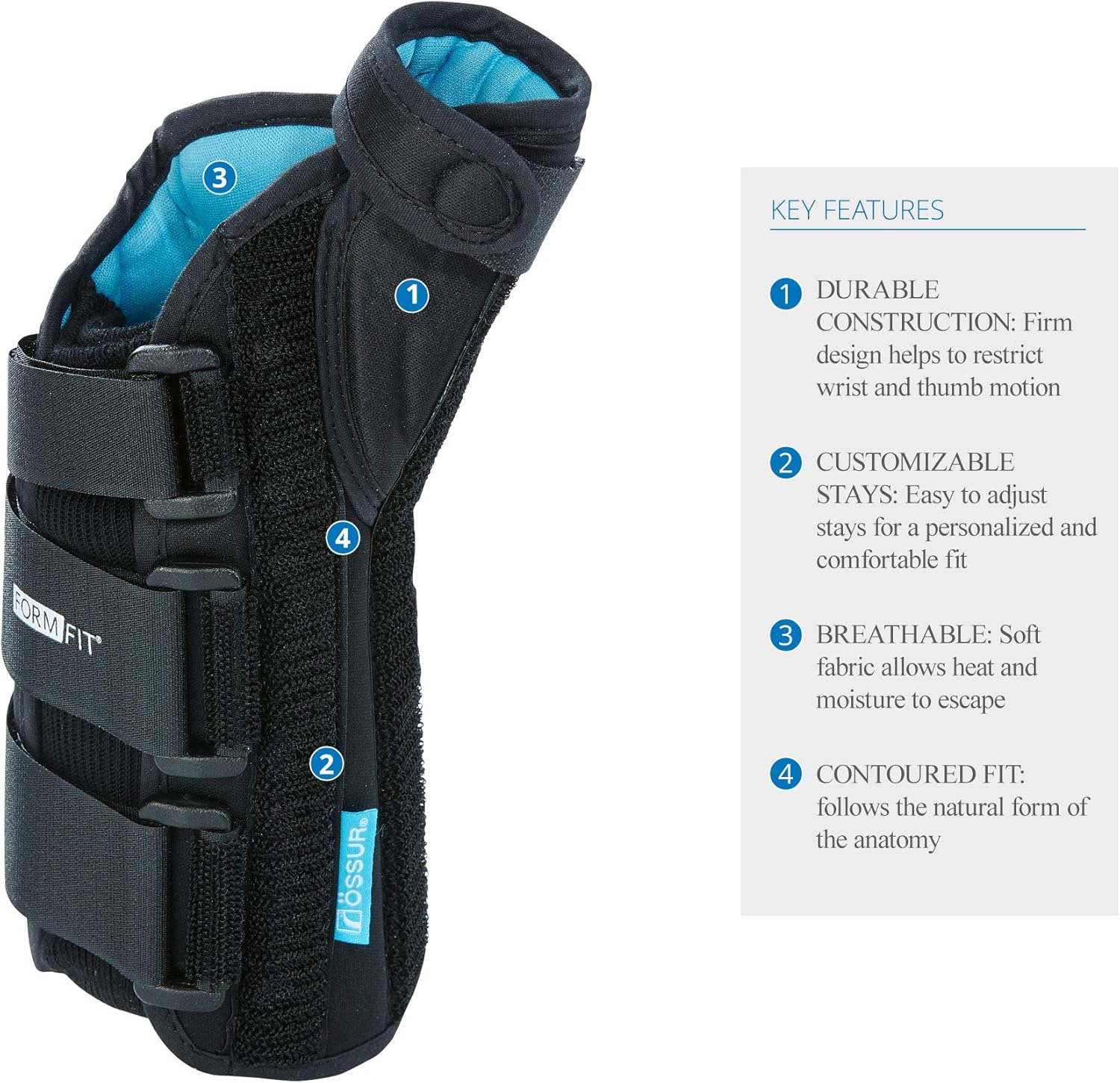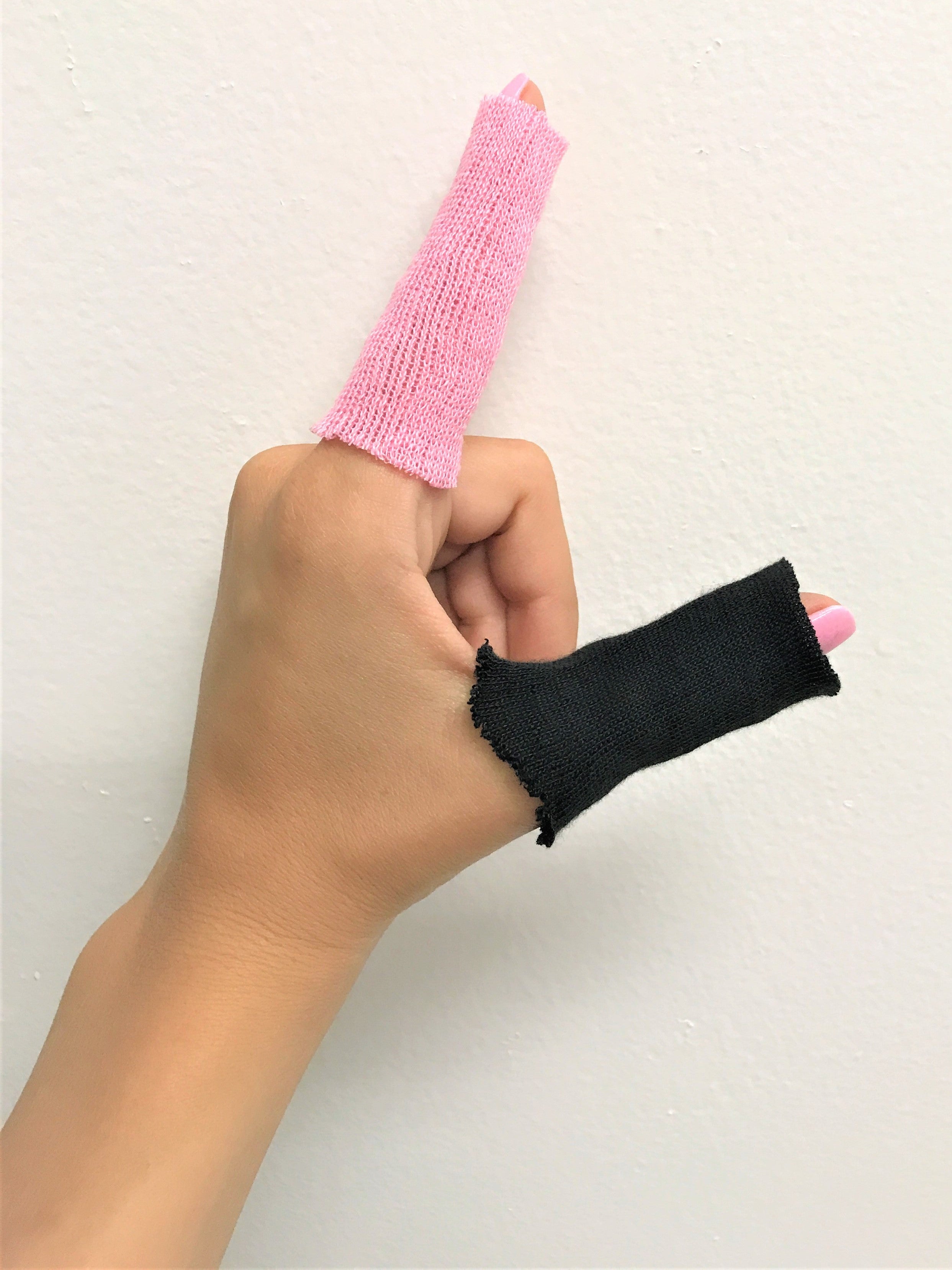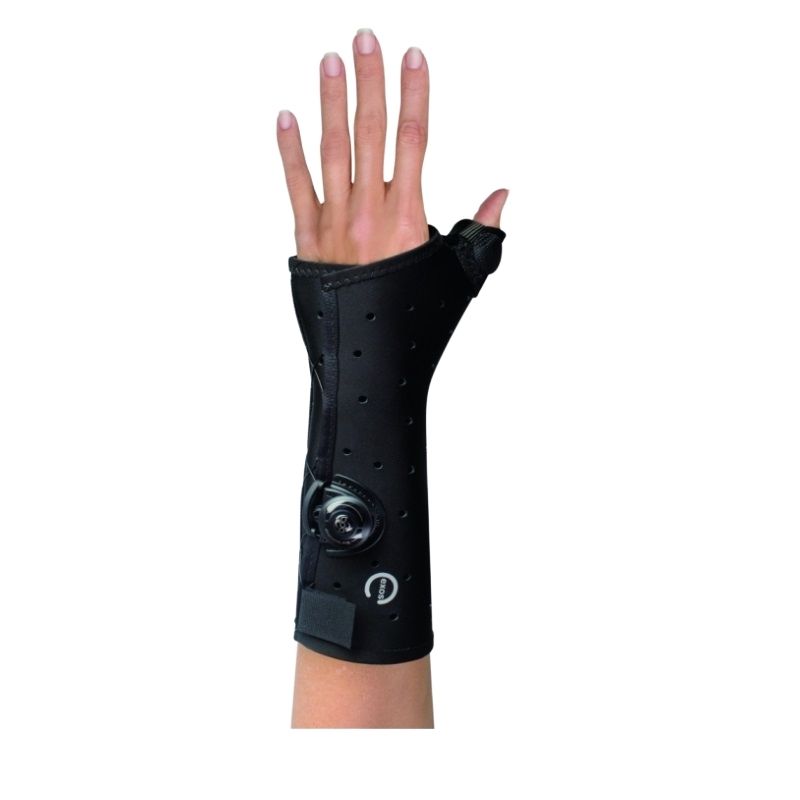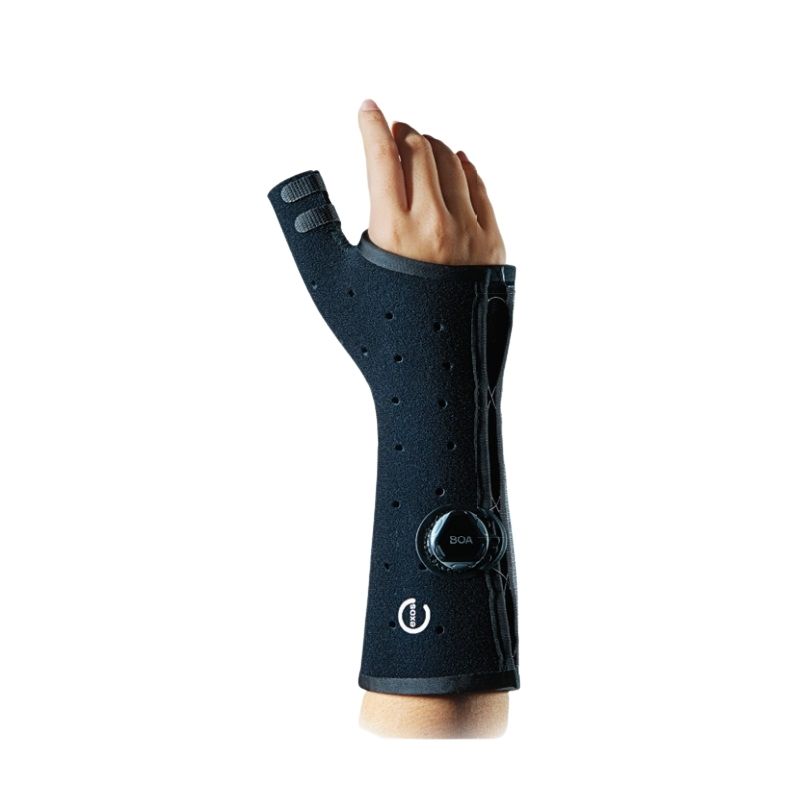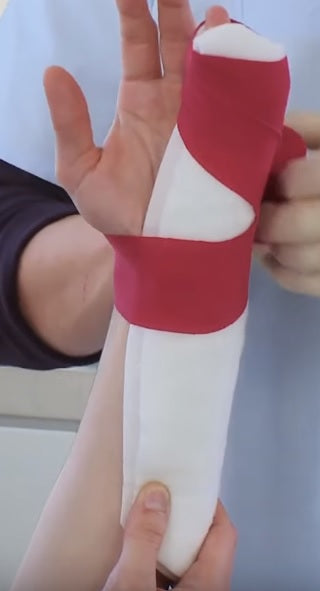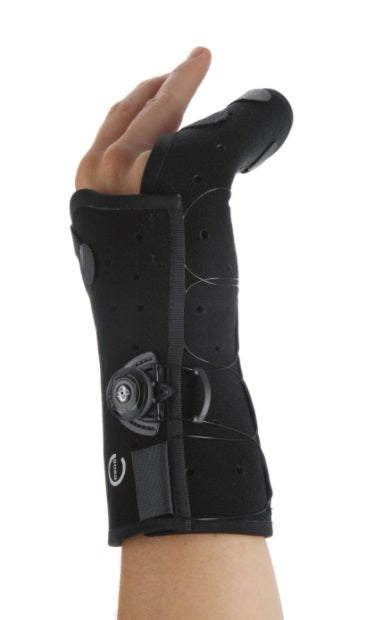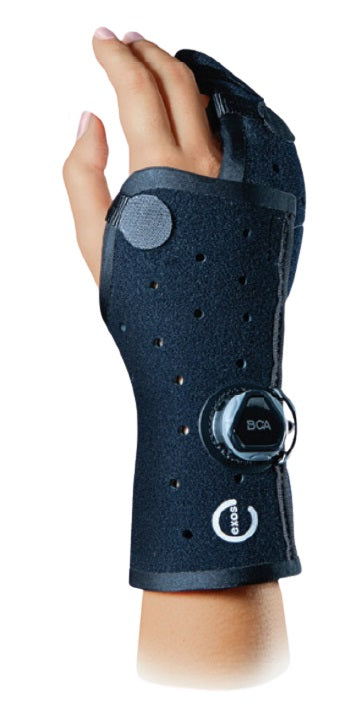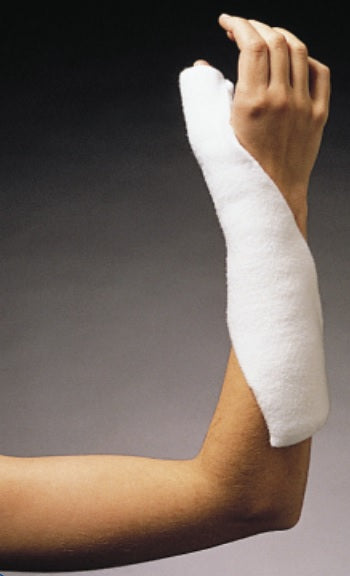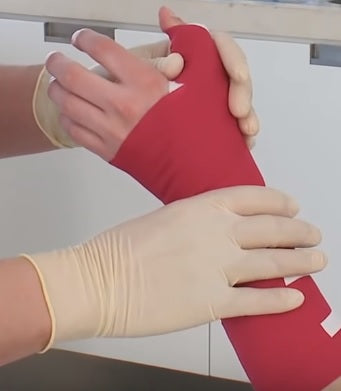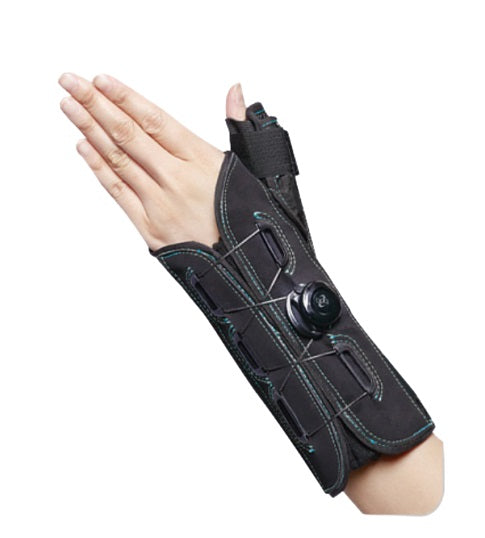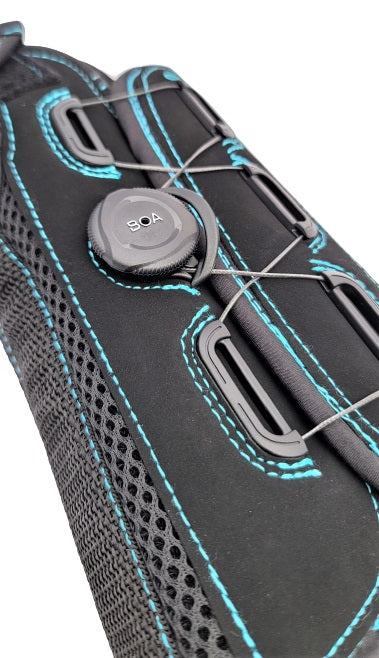Product arrived fast and satisfied with the quality of the part. Will purchase again.
The product purchased fits very well, is very comfortable and arrived in a timely matter. I have had no issues with anything that I have purchased from you folks. Would order again.
Sturdy and easy to fold.
I love this air walking boot. It’s like the Cadillac in walking boots.


